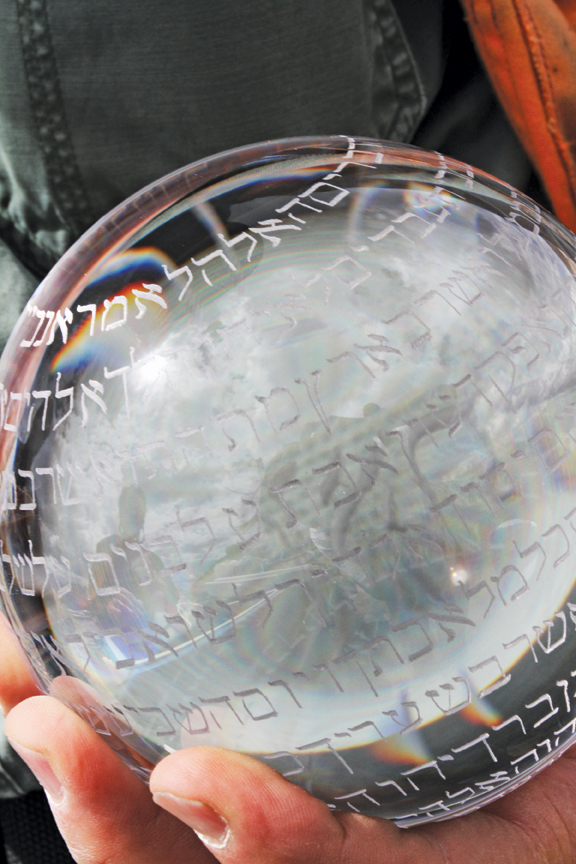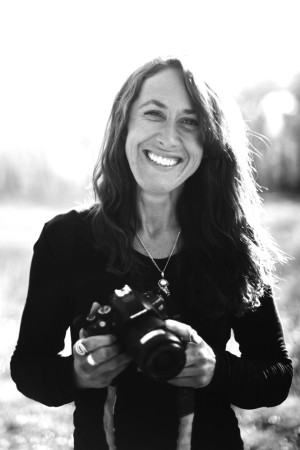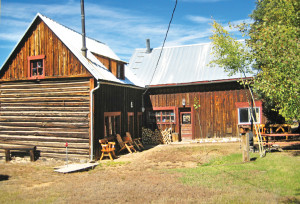By Jane Koerner
The logistical and technical challenges seemed daunting at times. A drilling site had to be found that met all the specifications of the geologists, who had to take into account the tectonic forces that continually shape Mount Princeton and the rest of the Sawatch Range. Permits had to be obtained from the U.S. Forest Service to fix the washed-out sections of the access road so the heavy equipment could be hauled up by truck. Even after the improvements the road proved too rough and narrow for one truck, which had to be retrieved from the edge of a cliff.

On the day of its burial, Teresa Roorda recalls, “The Torah Ball, true to its character, as if it had taken on a life of its own, had several more surprises in store for us.” When the crew removed it from its felt bag, it gathered and reflected the sunlight and heat like a magnifying glass, burning a hole in the bag and a driller’s hand. A mesh bag was used for the descent into the pit. It failed to release as the cable lowered it, and the Torah Ball rose again to be buried a second time without incident.
Volunteer Nancy Taylor will never forget what it was like to hold the Torah Ball in her hand. “ (It was) the clearest crystal I’ve ever seen. Everything around it was reflected upside down, in perfect resolution. And the Hebrew inscriptions had a mystical aura.”
It was Aug. 23, 2011, Richard Grossman’s 68th birthday. Although he was unable to attend the mountaintop ceremony, he had much to celebrate. Twenty years after conceiving the project, and three years after hiring Buena Vista surveyors Jon and Teresa Roorda to oversee the logistics, he received confirmation by satellite phone that his Torah Ball had finally been laid to rest.
In 20 million years, as a result of natural forces carefully calculated by the geologists, the Torah Ball will emerge from its eroded resting place and bear the Ten Commandments down the mountain.
The resemblance to Exodus 24:10 is intentional even though there probably won’t be anyone around to make that connection. Grossman derives satisfaction from the idea of an “ethical object being ejected from the heart of a mountain into a world where morality may no longer be an issue.” The mountain will serve as a time capsule, the Torah Ball its timeless message, outliving not only our interpretations of the Old Testament, but our species. When Grossman first conceived of the project in 1989, he considered Mount Sinai, where God revealed his commandments to Moses. “But I’m Jewish and I didn’t want to die.” The geologists helped identify a more practical mountain range much closer to home, and where the only threat to the sanctity of the Torah Ball’s burial site is posed – in this century at least – by the curiosity of four-wheelers, rock hounds and hikers who wander off the well-mapped track. Buena Vista resident John Goodwin agreed to lease a portion of his mining claim above timberline, ending the time-consuming hunt for a feasible site, another challenge overcome.
At 12,500 feet, the spot is unnerving in a lightning storm, especially after dark, as the photographers Grossman hired can confirm after camping there overnight. As with the rest of Grossman’s mind-bending projects, such as the traveling electronic orchestra comprised of an automobile fleet, it’s up to our imaginations to speculate about the ultimate meaning. The wrath of Moses’ incensed God? (Perhaps Grossman should have stuck with the original idea – Mount Sinai.) And all of this will further the PR campaign on behalf of his most ambitious project of all: a three-million-page novel to be published online in 2015.
The Pop-Up Torah, as Grossman calls his Mount. Princeton project, is one of several “poetic objects” in a variety of media that the award-winning poet and novelist has produced in conjunction with Breeze Avenue, his recently completed mega-novel, whose print edition will follow the digital release as an installation in a public reading room. Grossman isn’t kidding when he says his Torah is designed to be the longest-lasting artistic statement in history. The ball is made of synthetic sapphire, which is almost as indestructible as diamond, and its burial site is well concealed. The installation crew made certain of that. The ball is entombed at the bottom of a 300-foot bore hole, which was backfilled with cement and graded over to return it to its original state.
The firm that made the ball, Crystal Systems, was accustomed to designing sapphire lenses for spaceships, not a five-pound, six-inch diameter sphere ordered by “some guy from Los Angeles,” as Grossman puts it. “It was a huge technical challenge. It had never been done before.”
Master Steuben engraver Max Erlacher, one of a handful who still uses the exacting copper wheel process he learned in Vienna in the 1950s, consulted a rabbi. He didn’t know Hebrew. It took six weeks to complete the first engraving. Grossman ordered five balls, four of which he kept.
The final phase of the project required the assistance of contractors recruited from Buena Vista. Volunteers also pitched in from time to time though not with the dangerous work at the drilling site. “I wanted to involve the community,” Grossman says. “Doing something of benefit to them was very important to me.” As the Torah Ball was lowered into its final resting place, never to be seen again in their lifetime, the team that had made it happen uncorked the champagne. “Of all the jobs I’ve done, this was certainly the most unique,” Roorda says. “In spite of the delays and complications, we coalesced and became a tight team. I think the mystique of the Torah Ball, and all of the strange events around it, drew us together.”
Several months after its installation the Pop-Up Torah was still offering up surprises. At a lecture in Los Angeles, Grossman was astonished to learn that God ordered Moses to write the Ten Commandments on tablets of sapphire cut from his throne. He had no idea that the synthetic substitute would so closely resemble the Biblical story.
“Are there religious implications to the Pop-Up Torah? Definitely. I was trying to recreate a meaningful ritual by posing questions about the nature of religion, divine law and devotion. Good art raises more questions than it answers. In this case, what does divine law mean when there are no eyes left to see it?”
That supposition assumes that in the intervening epochs an asteroid or some other cosmic catastrophe won’t short-circuit the whole enterprise. Grossman is more interested in our responses today; he wants us to engage and reflect. “I consider myself a visionary, a radical, a cultural satirist with tongue firmly planted in cheek.”
There will be other opportunities to interact with the Torah Ball. Seventy-five thousand animated, rotating replicas will bounce through his mega-novel, the culmination of a lifetime of pushing the boundaries of literature. The novel consists of a constantly evolving, quasi-infinite number of objects, performances and texts in more than a dozen extinct and extant languages. Eventually, photos of the Torah Balls will be sold as artistic spin-offs and a source of funding. Although Grossman made a great deal of money as a high-level executive in the multinational financial services industry before retiring in 1976, he seeks to offset the considerable costs of his numerous projects with volunteers and other means of financial support.
For one participant, John Goodwin, Grossman’s Pop-Up Torah project has already conferred an ephemeral immortality. After Goodwin’s sudden death last April on his 64th birthday, the author of his obituary composed the perfect epitaph: “John … the only man in the world who could claim to own a mine located on ten acres above timberline where an artist decided to drop a man-made gemstone with the Ten Commandments written on it down a 300-foot hole.”
Jane Koerner of Fairplay, Colorado has hiked extensively in the Sawatch Range. Every time she looks up at Mount Princeton, she thinks about the Torah Ball.



